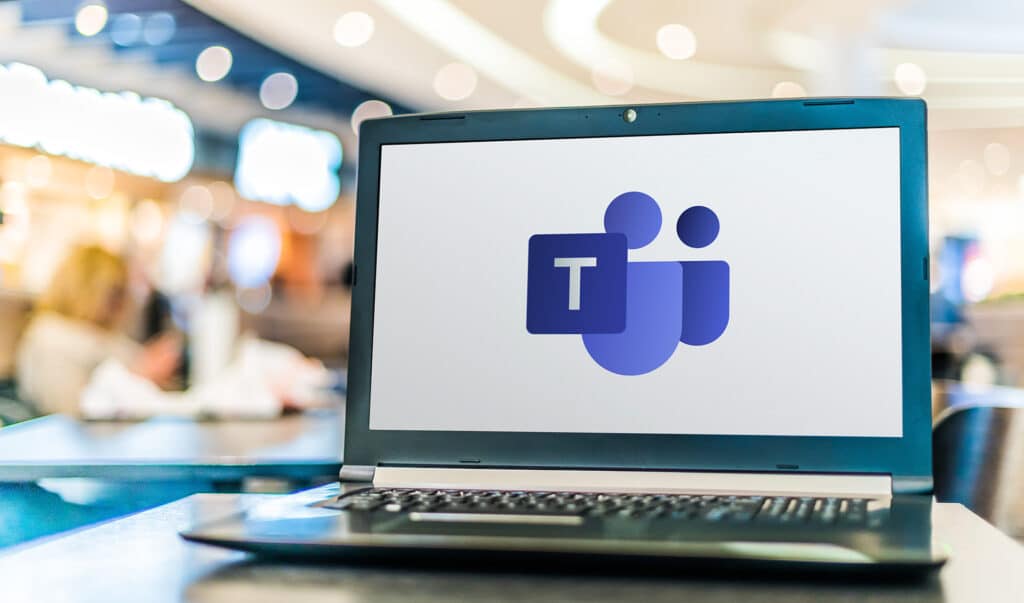4 Tips to Get the Most Out of Microsoft Teams

Collaboration platforms are so helpful for businesses looking to streamline their communication processes. Microsoft teams is one of the more notable options out there and, like any collaboration software, is most effective when used properly. Here are some tips and best practices to get the most productivity out of Microsoft Teams & Microsoft Office. If […]
Microsoft Collaboration Tools for the Remote Office

In the past decade the corporate world experienced a steady trend toward remote work, however even a year ago, no one could have predicted this alternative method of working would experience such immense growth in such a short period of time. As it turned out, remote working options were a key component of not only […]
What’s New for Microsoft Teams in 2019

As part of their efforts to empower staff members across a broad spectrum of industries, as well as a wide variety of functions and roles, Microsoft has recently added increased capabilities to their Microsoft Teams application. By increasing the features and capabilities within the app, Microsoft hopes to create a seamless, easy to use environment […]

